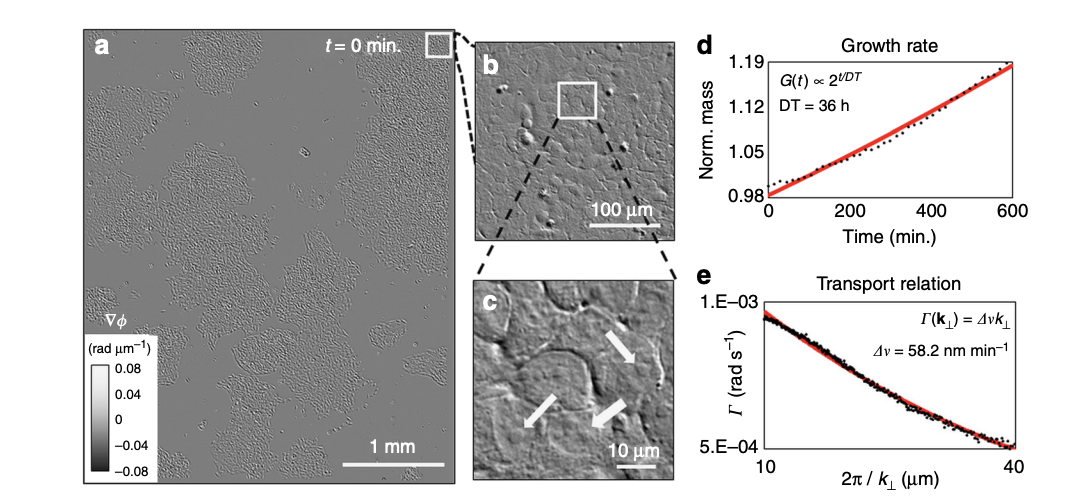GRADIENT LIGHT INTERFERENCE MICROSCOPY FOR 3D IMAGING OF UNLABELED SPECIMENS
Tan H. Nguyen1 , Mikhail E. Kandel1 , Marcello Rubessa2, Matthew B. Wheeler2 & Gabriel Popescu1
NATURE COMMUNICATIONS, 8: 210 2017
![]()

Multiple scattering limits the contrast in optical imaging of thick specimens. Here, we present gradient light interference microscopy (GLIM) to extract three-dimensional information from both thin and thick unlabeled specimens. GLIM exploits a special case of low-coherence interferometry to extract phase information from the specimen, which in turn can be used to measure cell mass, volume, surface area, and their evolutions in time. Because it combines multiple intensity images that correspond to controlled phase shifts between two interfering waves, gradient light interference microscopy is capable of suppressing the incoherent background due to multiple scattering. GLIM can potentially become a valuable tool for in vitro fertilization, where contrast agents and fluorophores may impact the viability of the embryo. Since GLIM is implemented as an add-on module to an existing inverted microscope, we anticipate that it will be adopted rapidly by the biological community.
